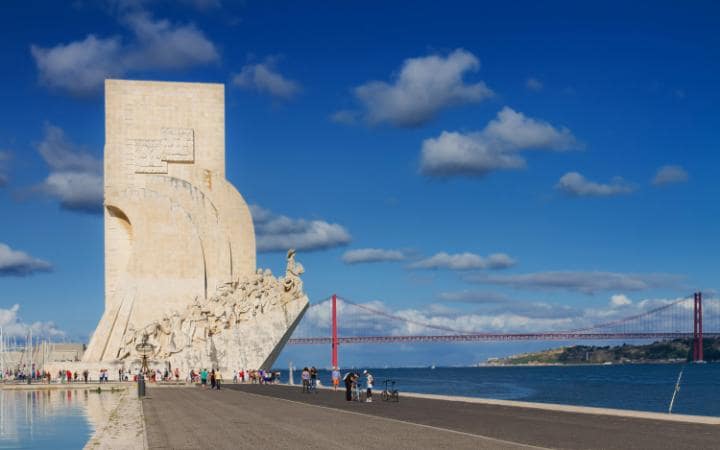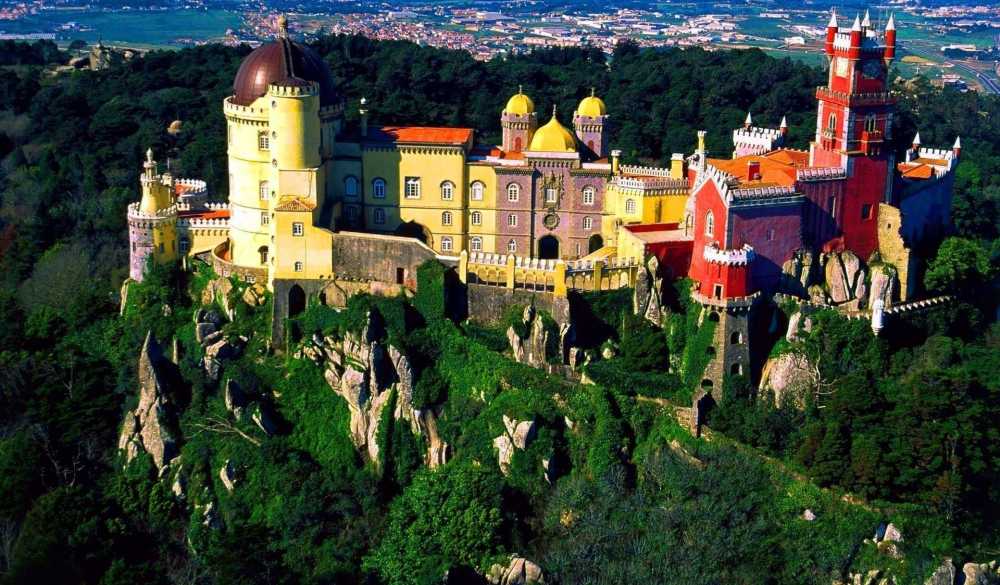Lisbon rose nine places to 26th in the World’s Best Cities category at last year’s Telegraph Travel Awards, voted for by more than 70,000 readers. Here’s why it’s proving so popular…
There’s fine dining by the bowlful
Last year saw three restaurants in Lisbon awarded their first Michelin star – LAB by Sergi Arola, Loco, and Alma – reinforcing Lisbon’s growing culinary reputation. There are now six one-star establishments in the city and one – Belcanto – with two.
Your pound goes a long way
The post-Brexit slump hit travellers to Portugal (and the rest of the Eurozone), but sterling has recovered much of the ground it lost since then. Even without the pound’s resurgence, the cost of living in Portugal is famously good value compared to its European neighbours. Last year, the Post Office rated it as the fourth cheapest city break in Europe, and the cheapest in Western Europe, with a basket of 12 typical holiday purchases (including two nights in a three-star hotel, an evening meal for two, travel cards and entry into a handful of top attractions) costing just £157.78.

And goes even further for beer
A bottle of the amber nectar can cost as little as €2 (£1.69) in restaurants and cafes, according to the Post Office’s survey last year.
Port is little dearer, but with good reason
Portugal’s national drink, port or Porto Wine, is in abundance in the city. If you’re not a fan of sipping the rich fortified wine, it’s almost as much fun to nip into one of the plentiful off-licences to simply peruse the walls and walls of bottles, ranging from the dusty, worn, 100-year-old, €1,000 stock to fresh post-Millennium additions, all labelled in a classic, stencil style.
It has a passion for discovery
Lisbon is as proud as punch of its role in the Age of Discovery, with the city being the starting place for dozens of exploratory voyages around the globe, including Vasco da Gama’s expedition to India in 1497. Padrão dos Descobrimento, a large monument on the north bank of the Tagus, celebrates this: it features statues of early navigators peering out to sea, led by Henry the Navigator.

And hard-working tram’s
The city still supports century-old wooden trams and iron funiculars that lurch up and down the narrow streets. Just watching them trundle along is joy, while the metal tracks cut into winding cobbled streets is exemplary of Lisbon’s nostalgic character.

There’s this spooky elevator
Willy Wonka has nothing on this. Set at the end of Rua de Santa Justa, the Carmo Lift is said to be the only remaining conventional vertical lift in the city and has been a visitor attraction since it was completed around 1902.

It knows good sausage
If you thought the Spanish did sausage well, wait until you’ve tried the Portuguese range. Lisbon’s second square, Praca da Figueira, often plays host to a market, replete with food stalls that fill the air with the aromas of everything from chorizo and rich black pudding to farinheira, a smoked flour sausage, and alheira, a chicken equivalent.
And loves Brazil
The city’s miniature Christ the Redeemer, Cristo Rei or Christ the King to the locals, on the south bank of the Tagus that looks out over the city is a testament to that.

You can try the world’s finest custard tarts
The custard tarts at Pasteis de Belém are world-famous and that’s why queues for the sweet, rich, perfectly crisp treats often stretch along the pavement.

Or visit a fine Gothic monastery built with maritime riches
The Jerónimos Monastery, along with the nearby Tower of Belém, is a Unesco World Heritage Site and includes a delicate Gothic chapel, in which some of Portugal’s greatest historical figures are entombed.
The city is a big fan of street art
Who isn’t?

There’s this amazing bridge
Named after Vasco da Gama, of course.

A city of seven hills means vistas galore
That Lisbon, like Rome, was built across seven hills means nearly every street’s brow affords immensely satisfying views over the city as it slips down towards the river. None more so than from the Castelo São Jorge, reached by a climb through winding ancient streets of Lisbon’s oldest neighbourhood.

And bars with views
Including one on a car park roof.
It gets more sun than anywhere else in Europe
We probably should’ve mentioned this earlier. Perched on the western edge of Europe, Lisbon is the continent’s sunniest capital city, boasting an average of 2,799 hours of sunshine a year, pipping Athens, which has 2,771 hours of sun a year, to the post.

So head to the beach
“Just 30 minutes drive from the city centre, wild stretches such as Guincho, Adraga and Grande curl out around the surrounding coast,” writes our destination expert Guyan Mitra of Lisbon’s Atlantic-battered beaches.

There’s an excellent day trip
Sintra, the aristocratic hill town to the west of the city, is a Neverland of fairytale palaces, manicured floral gardens and wild woodlands. The train to Sintra departs from Rossio station every 20 minutes and takes about 40 minutes.
And a convenient airport
Small mercies include an airport just 6.2km from the city centre, and a 20-minute Metro ride.

